Ninebark
- October 17, 2023
- 0 comment
Ninebark (Physocarpus opulifolius) is a versatile and attractive deciduous shrub that is native to North America. Known for its stunning foliage and unique peeling bark, this plant is a favorite in gardens and landscapes. The name “Ninebark” is derived from the striking exfoliating bark that naturally peels away in layers, revealing different colors and textures beneath, adding visual interest to the garden year-round.

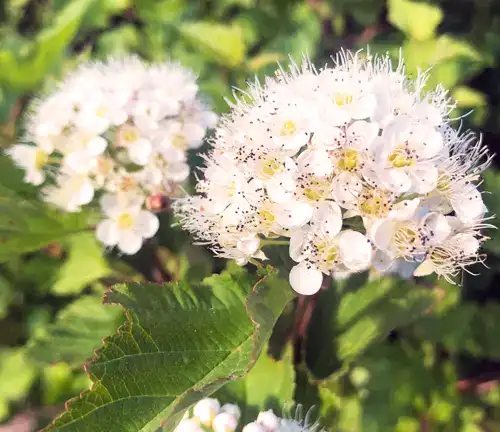
The leaves of the Ninebark are typically a rich green, but there are cultivated varieties with deep maroon, gold, or variegated leaves. In the spring, clusters of delicate, spirea-like flowers grace the shrub in shades of white or pink. This hardy plant is remarkably adaptable, thriving in a wide range of soil types and tolerating a variety of growing conditions.
With its low maintenance requirements and decorative features, the Ninebark is a popular choice for both ornamental landscaping and as a privacy hedge or screen. Whether you’re looking to add a touch of natural beauty to your garden or seeking a robust and low-maintenance shrub, the Ninebark is a reliable and aesthetically pleasing option.
| Characteristics | Description |
| Scientific Name | Physocarpus opulifolius |
| Common Names | Ninebark |
| Plant Type | Deciduous shrub |
| Native Range | North America |
| Bark | Exfoliating, peeling in layers |
| Foliage | Green (cultivated varieties may have maroon, gold, or variegated leaves) |
| Flowers | Clusters of spirea-like flowers in white or pink (spring) |
| Mature Height | 5 to 10 feet (1.5 to 3 meters) |
| Mature Spread | 5 to 10 feet (1.5 to 3 meters) |
| Sunlight Requirements | Full sun to partial shade |
| Soil Type | Well-drained, adaptable to various soil types |
| Hardiness Zones | 2 to 7 (may vary by cultivar) |
| Maintenance | Low maintenance |
| Landscaping Uses | Ornamental landscaping, privacy hedge, screening |
| Drought Tolerance | Moderate |
| Pest and Disease Resistance | Generally resistant to pests and diseases |
Botanical Beauty of “Ninebark”
The “Ninebark” (Physocarpus opulifolius) is a botanical marvel that graces North American woodlands and landscapes with its unique charm. This deciduous shrub’s appeal lies not only in its exquisite foliage but also in its intriguing bark that peels away in layers, revealing an ever-changing tapestry of colors and textures. Whether it’s the rich green leaves or cultivated varieties with maroon, gold, or variegated foliage, the Ninebark adds a touch of natural beauty to any garden. Its name, derived from the striking bark, hints at the secrets it holds beneath its surface, captivating gardeners and nature enthusiasts alike.
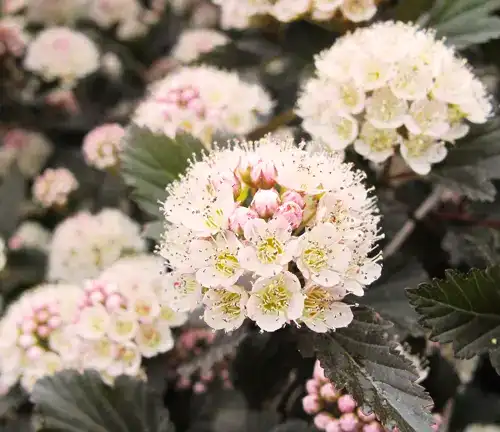
Woodland Elegance

Within woodlands, the Ninebark stands as an elegant native, contributing to the intricate tapestry of flora that characterizes these ecosystems. Its spirea-like clusters of white or pink flowers adorn the shrub in the spring, creating a striking contrast against the rich green foliage. The shrub’s adaptable nature makes it a favorite among those who wish to replicate the serene beauty of woodlands in their own landscapes. Whether in the wild or cultivated gardens, the Ninebark exudes woodland elegance.
Ecological Importance
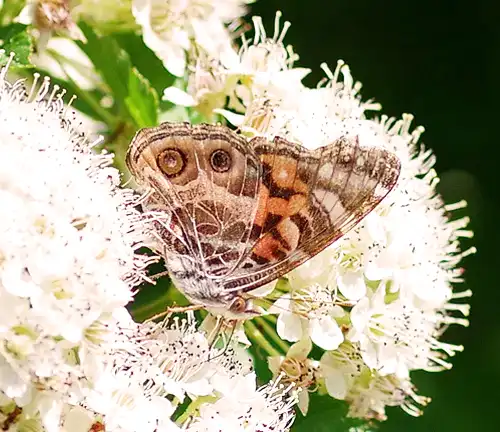
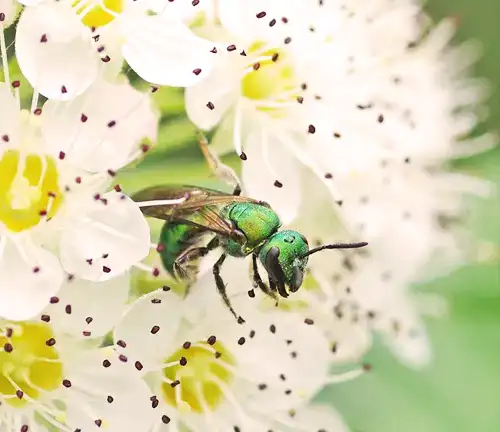
Beyond its aesthetic charm, the Ninebark holds ecological significance. It provides habitat and sustenance for a variety of wildlife, including pollinators that rely on its nectar-rich flowers. As a native species, it integrates seamlessly into local ecosystems, promoting biodiversity. Its root system helps prevent soil erosion, ensuring the stability of the surrounding landscape. In this way, the Ninebark exemplifies nature’s interconnected web, serving as a testament to the delicate balance of life.
Cultivation and Conservation
Cultivating the Ninebark is a joy for gardeners. It’s a robust and low-maintenance shrub that thrives in a wide range of soil types and light conditions. This adaptability makes it an excellent choice for both ornamental landscaping and practical purposes. Yet, while the Ninebark is a resilient species, conservation efforts are vital to protect its natural habitats and preserve its genetic diversity. By embracing sustainable cultivation practices and protecting wild populations, we can ensure the Ninebark’s continued existence.
Fragrance
The fragrance of the Ninebark’s flowers adds another layer to its appeal. When in bloom, the shrub emits a delicate scent that can fill the air with sweetness. This fragrant feature not only delights human senses but also attracts pollinators like bees and butterflies, aiding in the fertilization of the plant and supporting local ecosystems. The Ninebark proves that beauty can engage not only the eyes but also the nose.
Soil Stabilization
The Ninebark is more than just a pretty face; its roots play a crucial role in soil stabilization. With its extensive root system, it helps prevent erosion by anchoring the soil. This is particularly beneficial in areas prone to landslides or where soil stability is essential for the health of the environment. Its contribution to soil stability makes it a valuable ally in the battle against erosion.
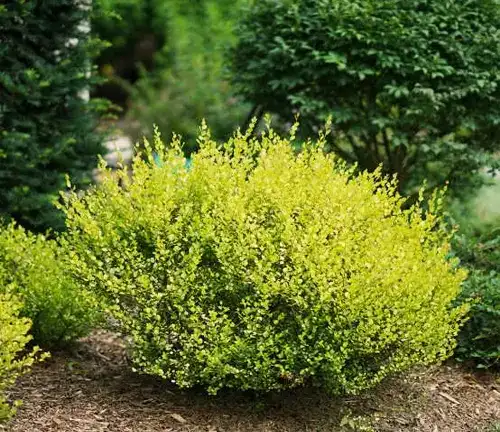
Common Uses
While the Ninebark’s primary function is ornamental, it boasts versatility in various landscaping roles. Gardeners often use it as a standalone ornamental shrub, and its dense growth can be fashioned into privacy hedges or screens, providing both aesthetic beauty and practicality. Its foliage provides a lovely backdrop to other garden plants, and its adaptability to different soil types makes it a popular choice for landscaping projects.
Benefits
In addition to its aesthetic and ecological benefits, the Ninebark offers numerous advantages to both gardeners and the environment. Its low maintenance requirements make it an accessible choice for gardeners of all levels, while its ability to thrive in diverse conditions renders it an excellent plant for sustainable landscaping. Its contribution to local ecosystems, soil stabilization, and fragrance make it a holistic addition to any garden or natural environment.
Different Species
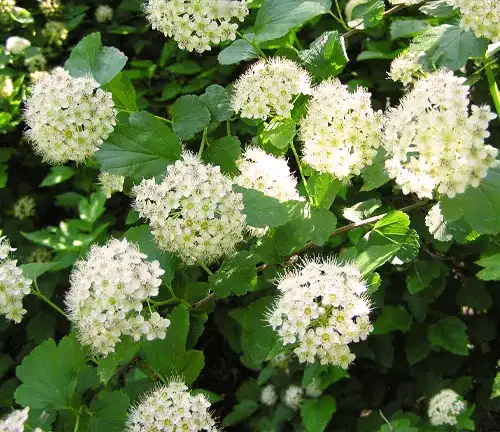
Common Ninebark
(Physocarpus opulifolius)
This is the native North American species from which many cultivars have been developed. It typically features green leaves, exfoliating bark, and spirea-like pink or white flowers.
Dart’s Gold Ninebark
(Physocarpus opulifolius ‘Dart’s Gold’)
This cultivar is known for its striking golden-yellow foliage, which adds a bright burst of color to the garden. It maintains the same exfoliating bark and pinkish-white flowers as the common Ninebark.
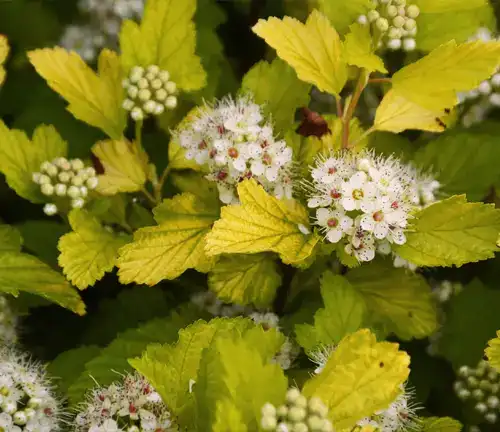

Diabolo Ninebark
(Physocarpus opulifolius ‘Diabolo’ or ‘Monlo’)
Diabolo Ninebark is celebrated for its dark maroon to purple leaves, making it a favorite choice for creating a dramatic contrast in landscaping.
Summer Wine Ninebark
(Physocarpus opulifolius ‘Seward’)
Similar to Diabolo, this cultivar features deep purple foliage and retains the exfoliating bark and spirea-like flowers.
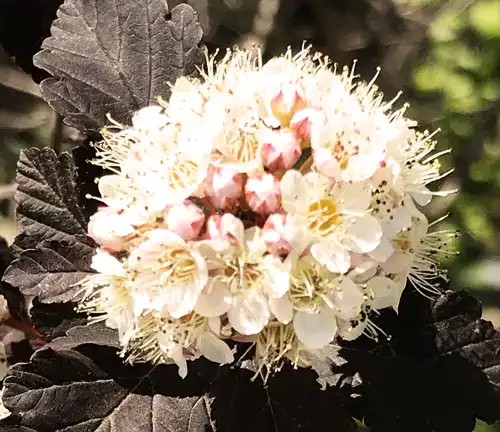
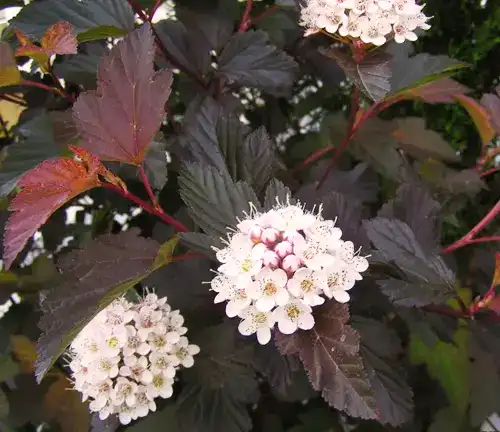
Coppertina Ninebark
(Physocarpus opulifolius ‘Mindia’)
Known for its distinctive coppery-red leaves, this cultivar offers a unique and eye-catching color palette. It also produces pinkish-white flowers in the spring.
Center Glow Ninebark
(Physocarpus opulifolius ‘Center Glow‘)
This cultivar boasts vibrant red leaves with a contrasting pink center, making it a visually stunning addition to any garden.


Little Devil Ninebark
(Physocarpus opulifolius ‘Donna May’)
A more compact variety, Little Devil Ninebark features burgundy foliage and maintains a smaller, more manageable size, making it suitable for smaller gardens or containers.
Nugget Ninebark
(Physocarpus opulifolius ‘Nugget’)
Nugget Ninebark is appreciated for its compact size, golden-yellow foliage, and pinkish-white flowers. It’s an excellent choice for smaller spaces and border plantings.

Frequently Asked Questions (FAQs)
- What is Ninebark, and why is it called that?
Ninebark is a deciduous shrub native to North America, known for its peeling bark and attractive foliage. It is called “Ninebark” due to the distinct exfoliating bark that naturally peels away in layers, revealing different colors and textures beneath. - How tall and wide does Ninebark typically grow?
Ninebark can reach a height and width of 5 to 10 feet (1.5 to 3 meters), depending on the specific variety and growing conditions. - What are the common flower colors of Ninebark?
The flowers of Ninebark are typically spirea-like and come in shades of white or pink, depending on the cultivar. - Is Ninebark a low-maintenance plant?
Yes, Ninebark is generally considered low-maintenance. It is adaptable to different soil types, can tolerate a range of light conditions, and requires minimal pruning. - What hardiness zones are suitable for planting Ninebark?
Ninebark is suitable for hardiness zones 2 to 7, although this may vary by cultivar. - How do I care for Ninebark in terms of pruning?
Pruning is typically not necessary for Ninebark, but if you choose to prune, it’s best done in late winter or early spring. You can remove dead or damaged branches and shape the shrub as needed. - Are there any common pests or diseases that affect Ninebark?
Ninebark is generally resistant to most pests and diseases. However, like all plants, it may be susceptible to issues like powdery mildew in certain conditions. - What is the ecological importance of Ninebark?
Ninebark plays a role in local ecosystems by providing habitat and food for wildlife, particularly pollinators. Its root system helps prevent soil erosion, contributing to the stability of the surrounding environment. - Can I use Ninebark in landscaping for privacy screening or hedges?
Yes, Ninebark is a popular choice for creating privacy screens or hedges due to its dense growth habit and adaptability. - What are some popular Ninebark cultivars and their unique features?
There are several popular cultivars with distinct features, such as Dart’s Gold (golden foliage), Diabolo (dark maroon leaves), and Center Glow (red leaves with a pink center). - How do I propagate Ninebark?
Ninebark can be propagated from cuttings or seeds. Softwood cuttings are typically taken in late spring or early summer. - Can Ninebark be grown in containers or pots?
Yes, some dwarf Ninebark cultivars, like Little Devil, can be grown in containers or pots. Ensure that the container provides adequate drainage.


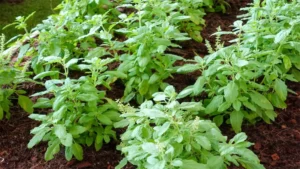
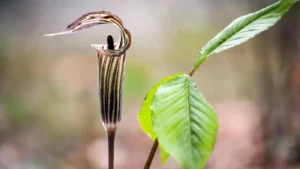


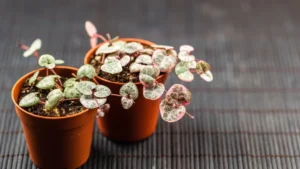

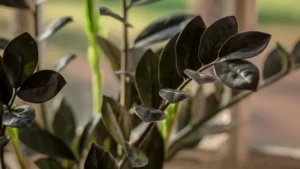
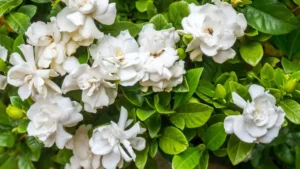
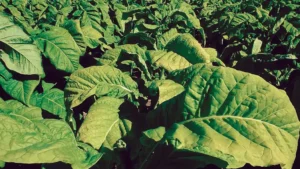



Leave your comment